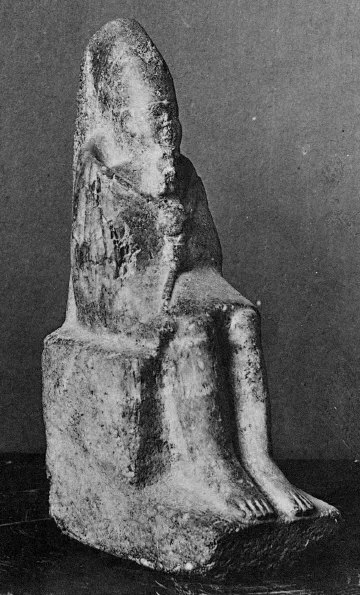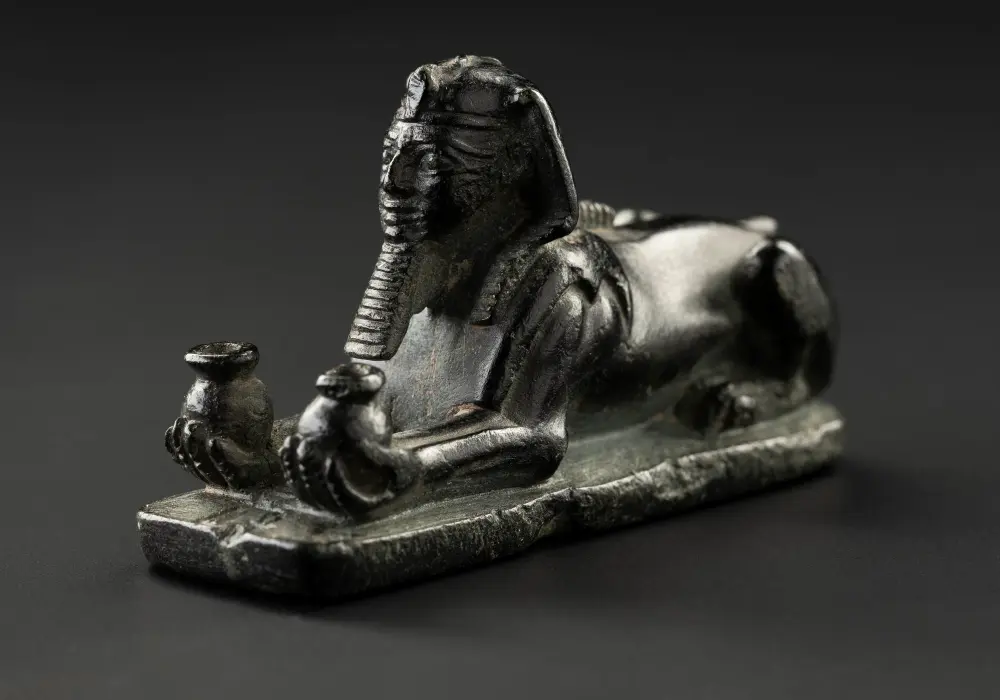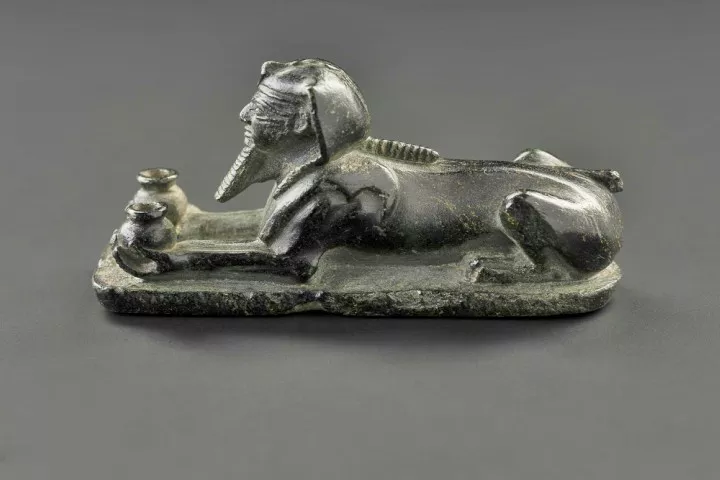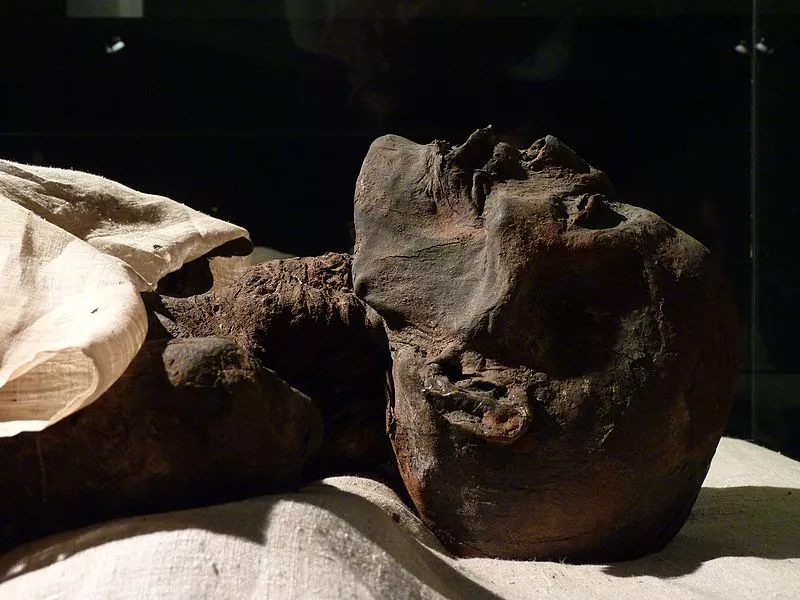Shepseskaf
Shepseskaf was the last king of the Fourth Dynasty of the Egyptian Old Kingdom. He succeeded his father, Pharaoh Menkaure, most likely in 2510 B.C. He only ruled Egypt for 6 to 8 years, and there is little known about his reign, except that he completed the Pyramid of Menkaure, started by his father. He was most likely succeeded by Userkaf, but according to some ancient Egyptian documents, Shepseskaf was succeeded by Djedefptah, who might have been his son, but this theory is not supported by any archeological evidence discovered so far. The tomb of Shepseskaf is located in a mastaba, constructed at South Saqqara, and this tomb is called ‘Mastabet el-Fara'un’, which means ‘stone bench of the Pharaoh’.

The personal life of Shepseskaf
Since Shepseskaf completed the Pyramid of Menkaure, he is believed to have been the son of the deceased Pharaoh. But as of today, no concrete proof has ever been found about the relations of Shepseskaf. Being the son of Menkaure, his mother was obviously either Queen Khamerernebty II or Queen Rekhetre, any one of the wives of Menkaure. Similarly, Khentkaus I, the daughter of Menkaure, has been assumed to be one of his wives, while Queen Bunefer was probably his other wife, as she was mentioned to be holding the title of the ‘priestess of Shepseskaf’. Many scholars believe that Djedefptah was the son of this Pharaoh, who succeeded him to the throne, but this assumption is only created by the writings in ancient Egyptian literature, not any archeological evidence is excavated till now. Shepseskaf also probably had a daughter, whose name was Khamaat, and she was the wife of Ptahshepses, a nobleman of that time.
The burial tomb of Shepseskef
Shepseskaf built his burial tomb as a large mastaba at Saqqara necropolis. As per the Egyptian language, the original name of this mastaba meant 'Shepseskaf is purified.' But the modern name. 'Mastabet el-Fara'un' was given after this building structure was excavated in 1858 by Auguste Mariette. However, it was discovered by Gustave Jéquier that this tomb belonged to Pharaoh Shepseskaf through the excavation of a stele, which revealed the involvement of this Egyptian king in the construction of this building.
Shepseskaf shifted away from the tradition of his predecessors of building pyramids for themselves. This choice of this Pharaoh is still a strange fact to historians and has given rise to several assumptions. The base of this mastaba was laid precisely like that of a pyramid, leading some Egyptologists to conclude that due to the untimely death of Shepseskaf, he could not complete his pyramid, and later on, his family members turned it into a mere mastaba, a much simpler building than a pyramid. However, some scholars believe that Shepseskaf himself might have wanted a simple burial tomb, unlike his predecessors, which made him shift the site of his tomb from Giza to Saqqara, a lesser-known necropolis. There is a broken pyramid temple in the eastern part of this complex and a portion of the previously existing causeway, proving the initial planning of building a pyramid only. A thick boundary wall made of mud bricks surrounds the entire complex, and it was built to be 15 meters away from the main burial tomb.





















